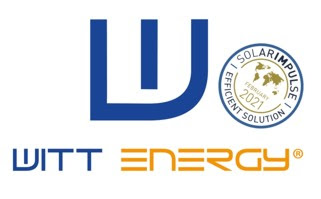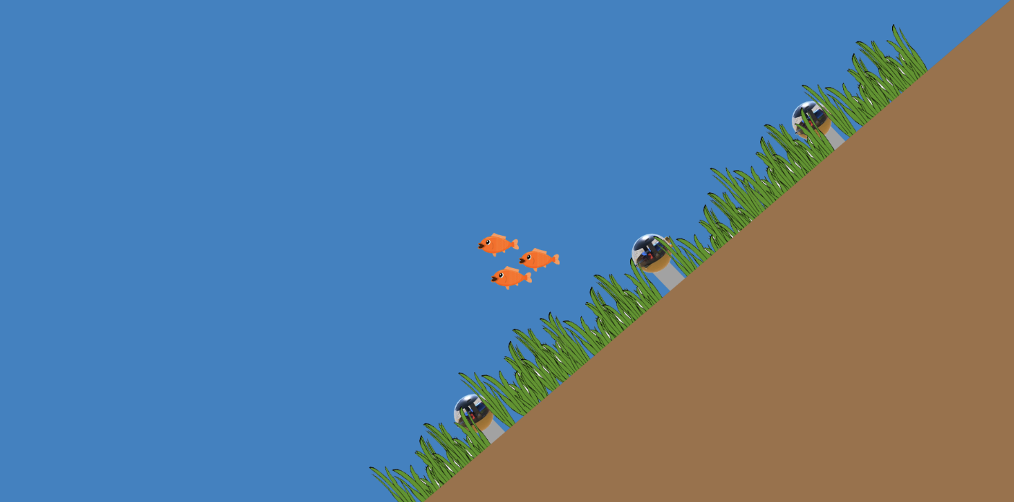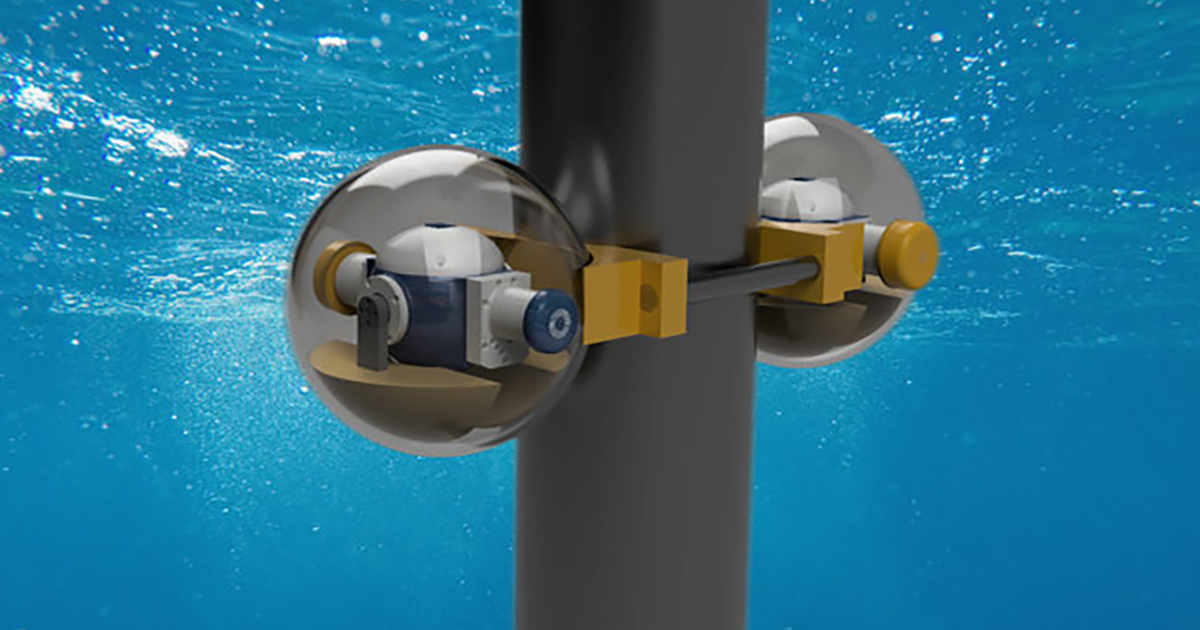In the US, hydropower contributes 46% to the energy generated from renewable sources. It is a significant contribution given the fact that there are only a few sources of renewable energy, like geothermal, wind, and solar. However, we have to look at the bigger picture and see that the total contribution of renewable energy only accounts for 10%.
 This means that if we want to shift from coal, gas and oil, we should harness the full potential of these renewable sources. But for hydropower-generated energy, does this mean that we need more dams?
This means that if we want to shift from coal, gas and oil, we should harness the full potential of these renewable sources. But for hydropower-generated energy, does this mean that we need more dams?
Not necessarily. According to the Office of Energy Efficiency and Renewable Energy, there are over 90,000 dams in the US and only 2,300 are used for power generation. Aside from underutilization, dams damage the environment through accelerated evaporation, delta erosion, flooding, interruption of nutrient exchange, migratory route blockage and a lot more. In other words, while it produces cheap energy, it has a high impact on wildlife and its ecosystem. Alongside environmental damage, building new dams is too costly. In 2010, the average cost to build a 1 megawatt hydropower dam was USD$2.8 million (Atif et al. 2014). To top all this, dams can only operate in large rivers that have a high flow rate (5-6 knots).
Alternatively, there are other ways of harnessing energy from free flowing river waters without investing too much, without altering the environment and without too much water flow. This is where WITT1 comes into play.
What is WITT?
WITT (whatever input to torsion transfer) is a small energy harvesting device (only 350mm in diameter) that reaps chaotic motion and turns it into usable power. Sealed in a container with no exposed external parts, a WITT uses two pendulums connected to a flywheel going to a generator. When moved, the pendulums swing causing the generator shaft to turn. Thus, electricity is produced.
Specifically, WITT employs a unique transmission system. It converts bi-direction (maximum of 6 degrees of angular motion) into a rotational motion from the 2 axes. This is far way ahead from its competitors (reaping only 2 degrees). The rotational motion will then turn the flywheel in one direction cranking up the generator in producing electrical power.
Each WITT is capable of producing 5 watts. For clients with specific power requirements, WITT can be customized (changing the pendulum mass) to meet certain power output and frequency.

Powering up the WITT through VIV for riverine application
For riverine applications, WITT generates electricity through VIV (vortex induced vibration). It is installed along with an HDPE pipe with a base clamp at the bottom and a submerged float at the top for tension. During vibration as a result of the vortex, the WITT device moves and the pendulum swings cranking up the generator.
It only requires 0.5 meters per second (1 knot) of water flow for the entire WITT system to function. In the absence of water current, the electronics of the WITT system do not take all the power it generates, ensuring the system will still work without stalling.
As for the design, the original configuration is a free standing WITT unit. However, modular systems are on its way that can be customized for a variety of sites, conditions and power requirements. In other words, WITT is a scalable device which can be built initially from a small device to a large component.
Riverine Set-up of WITT
Arranged in a multi-linear pattern perpendicular to the riverside, a modular WITT system (1 meter interval per WITT) will be laid at the riverbed and supported by small concrete blocks to hold them in place. Meticulous installation will be followed in such a way that natural structures will not be removed and the whole WITT system will become one with the ecosystem.
Once installation is done, no structures will be seen at the surface nor bulky underwater panels that can block the natural flow of water. This is the total opposite of the mighty and obstructive nature of a dam. In other words, boats can still pass and fish can freely migrate upstream and downstream.
Projected Generated Energy from a Riverine WITT setup
It will depend on 2 factors: the quantity of linear modules and the width of the river. Let’s take the case of a 10-meter wide river installed with 10 linear modules (at 10 WITT/module). On the assumption that each WITT can generate 5W, the system can generate up to 500W/hr.
And here’s the good news: the system can be customized according to the width of the river and scale up the number of linear modules to suit the client’s power needs.
Is there a demand for a Riverine WITT setup?
We have inhabited places with easy access to freshwater, like streams, lakes and rivers. So, as long as we continue to populate these freshwater bodies that tag along a need for more electricity, the demand for energy will always be increasing. While dams could easily suffice this energy requirement, it can also potentially destroy the very ecosystem in which people thrive.


